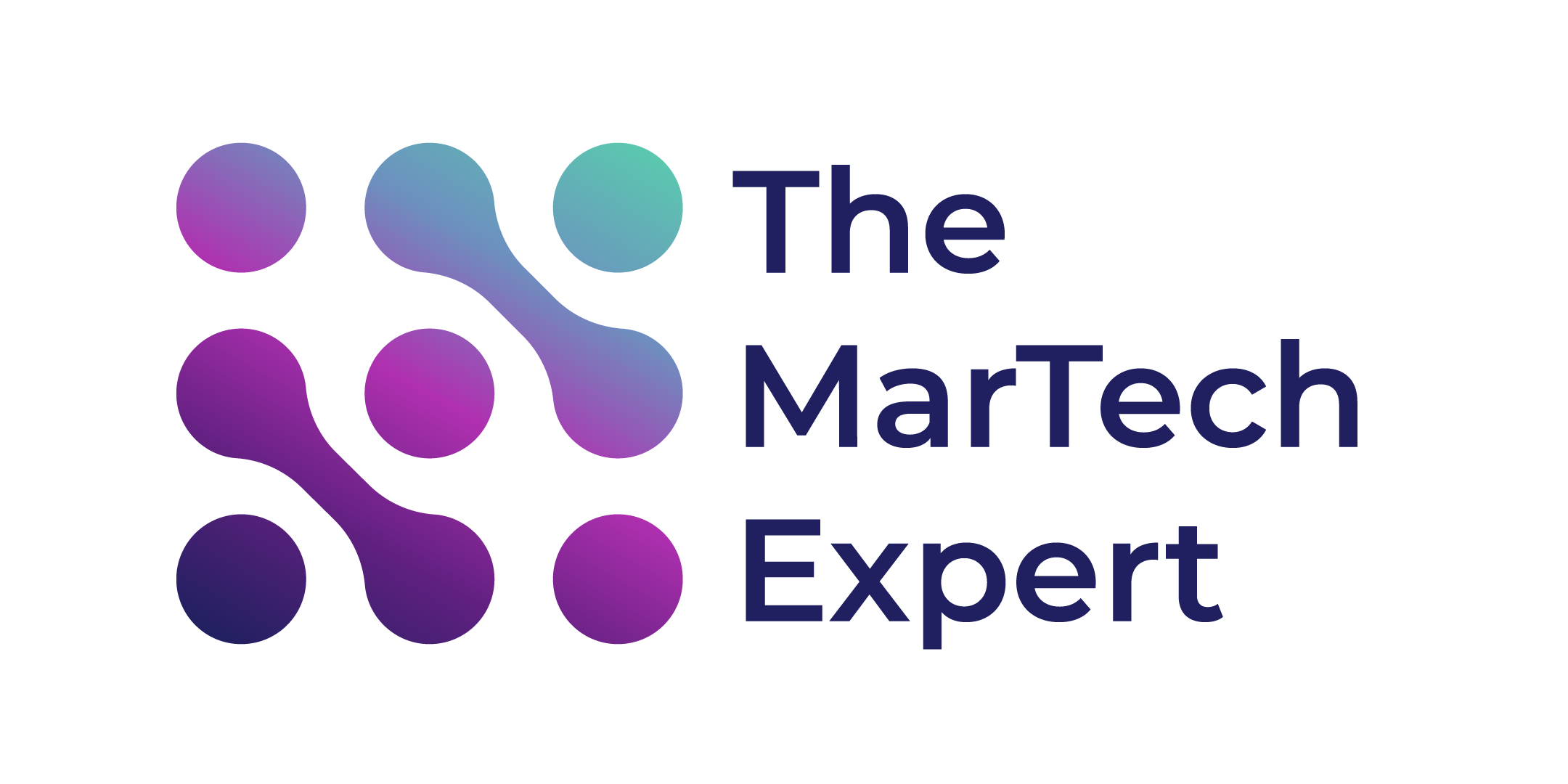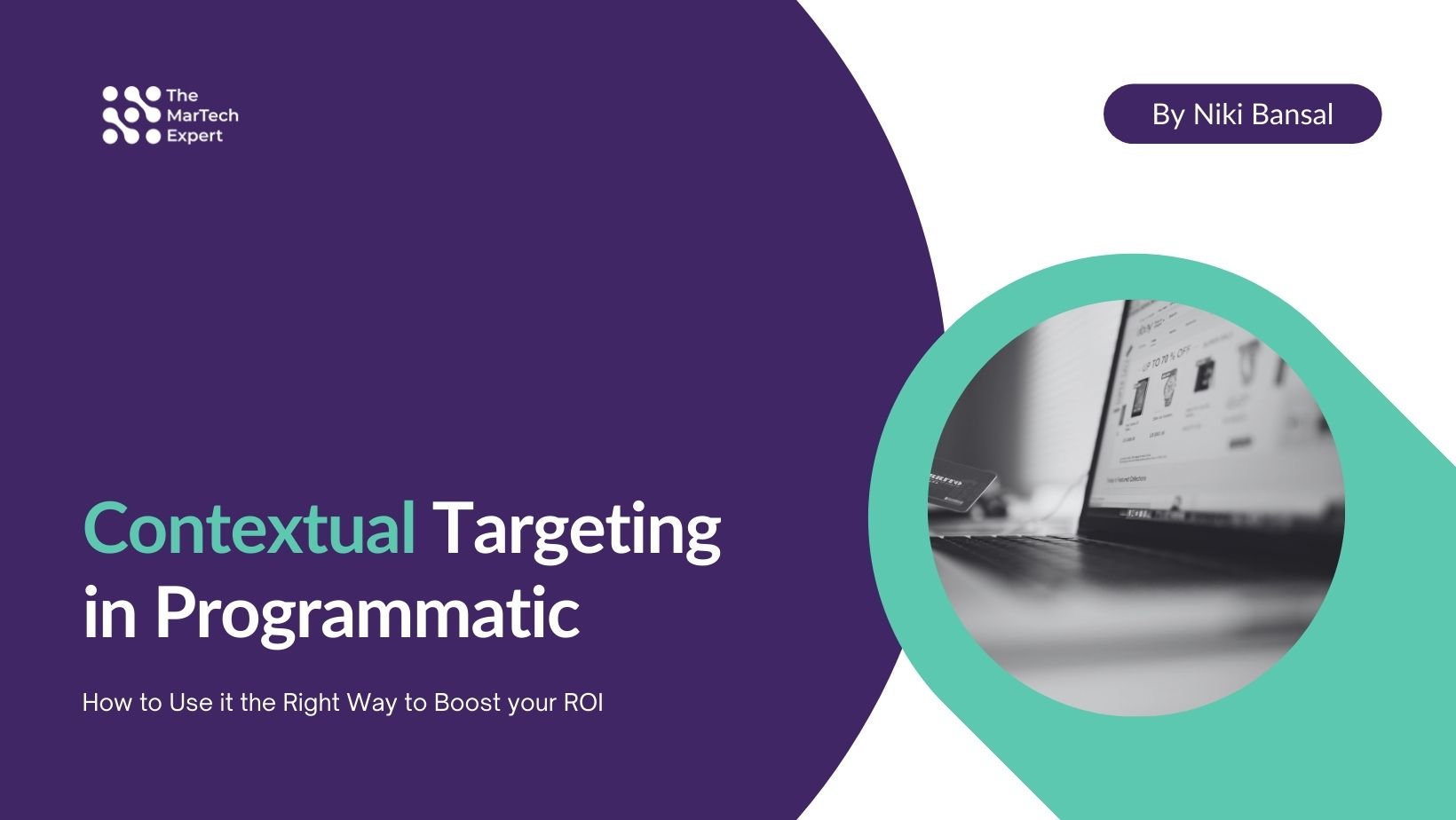If you are puzzled about developing a strong yet privacy-friendly media-buying strategy, here’s what you should know: Contextual targeting and programmatic can go hand in hand.
As privacy turned out to be the most important issue on everyone’s radar within the past couple of years, the global community of marketers is still puzzling their minds about the viable cookies alternative. Advertisers understand the growing need for privacy, and still, they need their ads to be highly relevant and up to the point when it comes to delivery. Are highly targeted ads still available on the privacy-driven landscape? Yes, since contextual targeting now befriends programmatic. While it offers great campaign precision without compromising privacy, it also provides a plethora of benefits to advertisers. Let’s review them one by one.
Merging of Programmatic with Contextual
Programmatic ad buying is today’s most popular way of ad buying, representing over 70% of all known ad purchases worldwide. However, in relation to the tightening privacy landscape, a lot of marketers and media buyers have decided to incorporate contextual ads into their strategies. Starting from 2022 and up to 2030, contextual advertising is expected to grow at least 13.8% annually, according to Statista.
This means that we inevitably step into an era where contextual targeting will gain more traction as opposed to a cookie-based one. It also means that more and more programmatic advertising platforms will adopt contextual targeting in order to offer it as a viable alternative to cookie-based campaigns. Video, native, banner, rich media, and other types of campaigns can all be effectively served via powerful contextual targeting on specialized ad platforms.
Decoding the Mechanism of Contextual Ads
Contextual advertising is an effective tool for attracting the attention of the target audience, boosting sales, promoting goods, and increasing awareness. Contextual targeting is based on interpreting the context of the web page where the ads are placed and if this context is relevant.
If previously contextual targeting was based mostly on webpage keywords, now its capabilities and methodology have expanded to a completely new level: Category targeting, topic targeting, behavioral, contextual signals, semantic targeting, context-page level targeting, and more. The tools and methodology of applied contextual targeting may differ from platform to platform; however, the essence is the same — to provide an effective targeting alternative that is privacy-friendly and non-dependent on cookies.
Unlike cookie-based targeting, contextual one doesn’t need to process the characteristics of a particular user (age, device type, gender, etc.) to correctly serve the ad. Instead, the method uses the thematic characteristics of the web page where the ad is placed (keywords and other criteria) to display the ad on related media.
For instance, what keywords depict your product or service best? Once you determine those keywords, you can easily target inventory where those keywords are presented.
Do Keywords Run the Show?
Keyword interpretation is the first mechanism for this targeting type; they help advertisers determine the right audience segments that might potentially be interested in certain brand-related topics. The simplest example is that your brand may be manufacturing goods for indoor pets, so it is very likely that a visitor browsing a thematic dog-grooming website or blog might be interested in seeing an ad with your thematically related dog-grooming goods. There are plenty of websites that share the same keywords as your product. Thus, there are plenty of opportunities to find the right watchers for your ad.
Also, keywords don’t only work at the top of the funnel stage when you need to spot potentially interested audiences. It also works with ‘intention’ keywords; for instance, such keywords may sound like ‘buy a raincoat’, which indicates that such a person is already searching for where to buy an item.
What Drives the World Towards Cookieless Advertising?
GDPR, CCPA, COPPA, restriction of cookies, and user tracking mechanisms previously used for mobile campaign acquisition — all of those changes indicate how rapidly the world is moving towards privacy. All these changes have driven the current landscape to the point where getting data for ad campaign fueling has become difficult, so media buyers are seeking a way to rely less on targeting that relies on user data.
Making Advertising Relevant with AI-driven Contextual Targeting
Programmatic campaigns can greatly benefit from those capacities delivered by contextual targeting, especially in terms of precision provided by AI algorithms. Those algorithms easily optimize and personalize advertising for every viewer and improve campaign flow so that you can benefit from enhanced advertising outcomes. In case you are the owner of the media-buying platform, it means that media trading inside of your ad environment will be optimized and fine-tuned so that the media trading provides turns more precise and yields higher revenues in a shorter time span.
Based on your keywords, AI can significantly expand a pool of potential keyword options that will seamlessly broaden your potential campaign reach. AI will also become irreplaceable in many other ways — as AI will provide the proper content analysis and interpretation and, thus, better and more precise targeting.
Enhancing Brand Safety with Contextual Superpowers
An important issue that bothers many advertisers these days is the brand image safety that can be affected during the advertising process. For example, no media buyer would want their ad placed alongside questionable content or content that can potentially damage the brand image.
A decade ago, it could really pose a serious problem; today, such situations are becoming less and less common, particularly thanks to advanced inventory moderation practices on ad platforms as well as more intelligent content interpretation. These days, contextual targeting is based on artificial intelligence, meaning it has an in-depth understanding of the written web materials.
This sophisticated interpretation is based not only on keywords but also on additional content signals and criteria that take into account slight yet very important meaningful nuances. For instance, such commonly avoided topics like religion, weapons, violence, adult materials, gambling, tragedy, and other sensitive social matters are carefully avoided when you place ads with smart, AI-based advertising platforms. This way, marketers can address their audiences in a way that is simultaneously precise and safe.
Is the Future Turning Contextual?
Leveraging contextual targeting is not a new strategy that ensures that ad messages are relevant and specifically tailored to potential customers. However, it is witnessing a revival today because the ad tech landscape is rapidly shifting towards new, more stringent privacy standards.
With this, many brands have been using contextual advertising for ages because this way, they easily find the most suitable ‘background’ for placing ads about their products and services. With time, this type of targeting has evolved a lot, so it has become the ultimate future-proof AI-driven tool that ensures ad message relevancy and continuous campaign optimization.

Niki Bansal leads TeqBlaze (former SmartyAds White Label Solutions), which provides innovative programmatic solutions for businesses. Her past experience as Director of the White Label Solutions Department at SmartyAds honed her expertise in digital advertising and passion for client success. She leverages her deep industry knowledge to keep TeqBlaze on the cutting edge of programmatic advertising.














